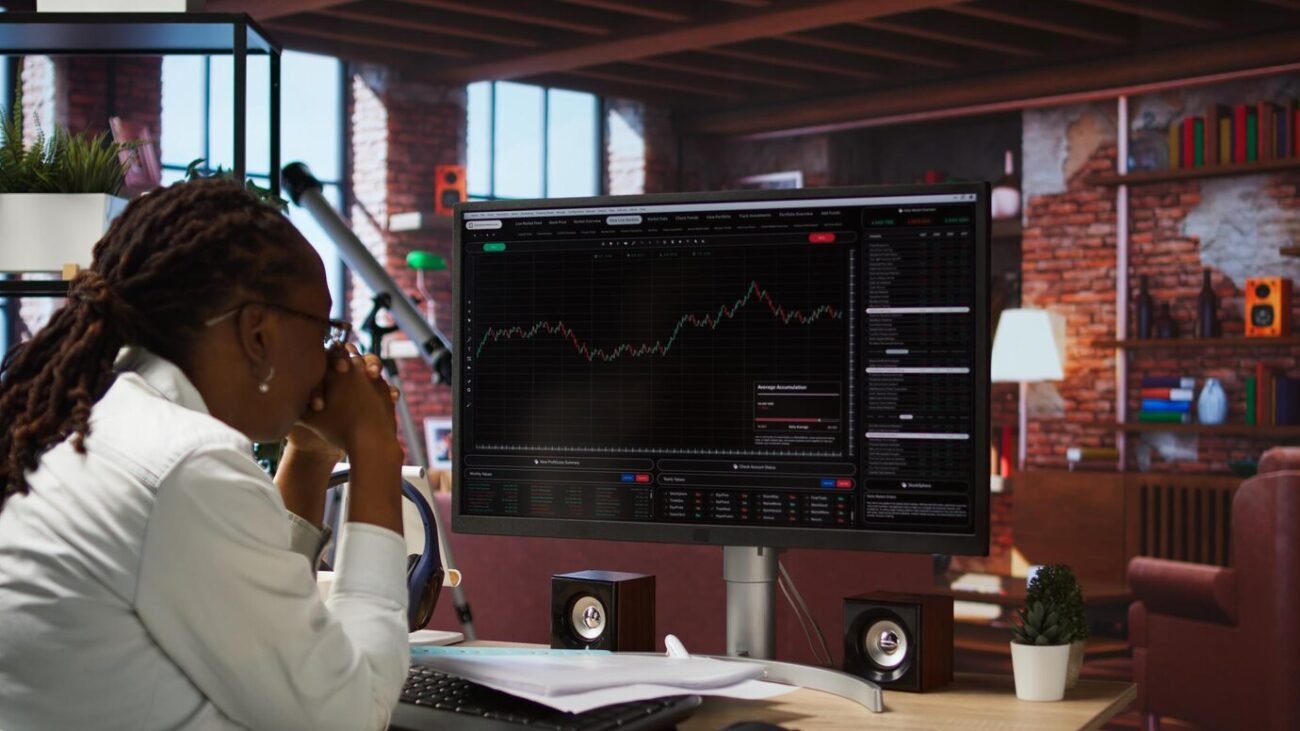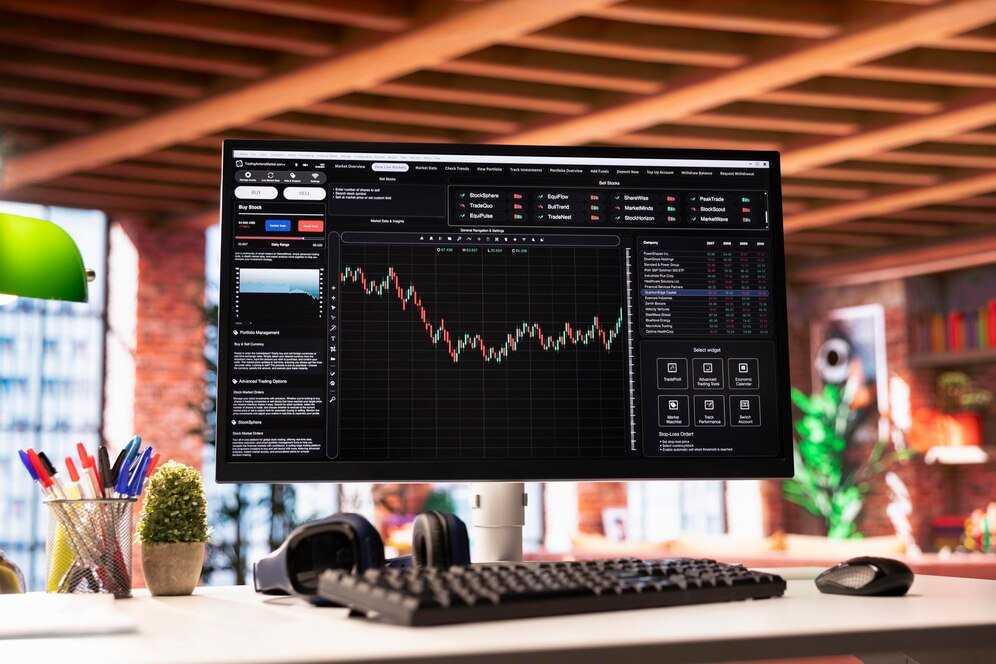Cryptocurrency exchanges are a vital gateway to the world of digital assets. They offer a convenient platform to buy, sell, and trade various cryptocurrencies. However, they also present a significant target for hackers and malicious actors. Protecting your crypto on these platforms is paramount. Here are five crucial security tips to help you safeguard your investments:
1. Enable Two-Factor Authentication (2FA) – Always!
This is the cornerstone of online security. 2FA adds an extra layer of protection beyond your password. When logging in, you’ll be required to provide a second verification code, typically generated by an authenticator app on your smartphone (like Google Authenticator or Authy).
- Why it’s crucial: Even if a hacker obtains your password, they won’t be able to access your account without the 2FA code.
- Best practice: Avoid SMS-based 2FA if possible, as it’s more vulnerable to SIM swapping attacks. Opt for authenticator apps or hardware security keys.
2. Use a Strong, Unique Password for Each Exchange.
Reusing passwords across multiple platforms is a recipe for disaster. If one exchange is compromised, all your accounts using the same password are at risk.
- Why it’s crucial: A strong, unique password makes it significantly harder for hackers to brute-force their way into your account.
- Best practice: Utilize a password manager (like LastPass, 1Password, or Bitwarden) to generate and securely store complex, unique passwords for each exchange.
3. Whitelist Withdrawal Addresses.
Many exchanges offer a feature that allows you to whitelist specific withdrawal addresses. This means you can only send crypto to pre-approved addresses.
- Why it’s crucial: If a hacker gains access to your account, they won’t be able to withdraw funds to their own wallet unless they’ve already been whitelisted.
- Best practice: Carefully verify and add your frequently used wallet addresses to the whitelist. Be extremely cautious when adding new addresses.
4. Regularly Review and Update Your Security Settings.
Don’t set up your security measures once and forget about them. Regularly review your account’s security settings to ensure they’re up-to-date.
- Why it’s crucial: Security threats are constantly evolving. Staying vigilant and updating your settings helps you stay ahead of potential risks.
- Best practice: Check your login history for suspicious activity, review your authorized devices, and update your 2FA and password settings periodically.
5. Consider Hardware Wallets for Long-Term Storage.
While exchanges are great for trading, they’re not ideal for long-term storage of your crypto. For that, consider a hardware wallet.
- Why it’s crucial: Hardware wallets store your private keys offline, making them virtually immune to online hacking attempts.
- Best practice: Transfer a significant portion of your crypto holdings to a hardware wallet for enhanced security. Use exchanges only for trading and keep only the necessary amount of crypto on the exchange.
- Important note: Always buy hardware wallets directly from the manufacturer. Avoid third party sellers.
In Conclusion:
Protecting your cryptocurrency on exchanges requires a proactive and consistent approach. By implementing these five security tips, you can significantly reduce your risk of becoming a victim of hacking or theft. Remember, security is an ongoing process, and staying informed about the latest threats and best practices is essential for safeguarding your digital assets.













